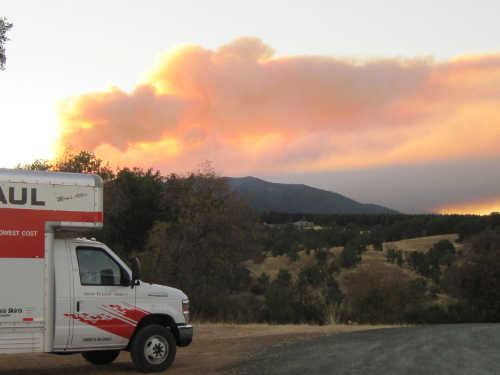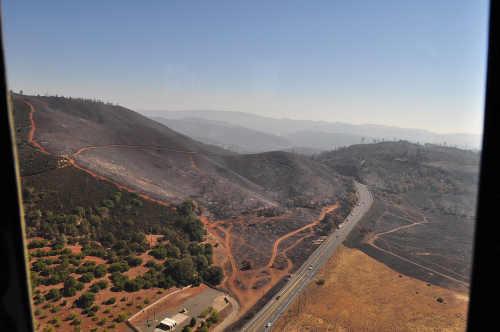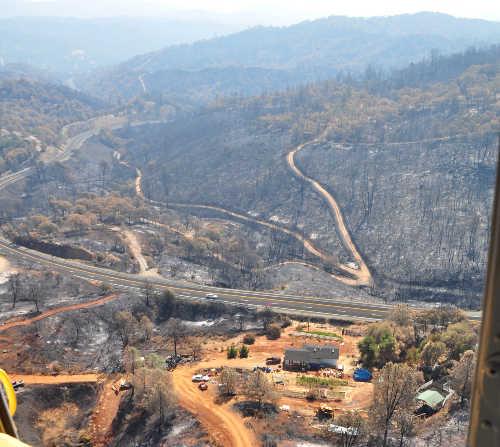- Judy Kempler
- Posted On
Kempler: The life you save may be your own
I have lived all over the Bay Area for the past 60 years and have been back in Lake County for eight now.
I love it here, of course, but we have to do something about the carnage on the highways in this county. I have never seen anything like it, anywhere else I've lived.
This must be horrible duty for our California Highway Patrol – witnessing so much death and destruction. I reckon they would tell us that much, if not most, of this is completely unnecessary.
Late in May there was a bicyclist mowed down, two flown out of here to the trauma center from Manning Flats, two more flown out after a motorcycle wreck on Soda Bay Road, an overturned semi that knocked out power in Upper Lake, followed by three fatal crashes, two of them involving motorcycles.
I refuse to accept as possibilities that we not smart enough to drive on our own roads or that we have so much more alcohol or drugs here or that we are any worse about cell phones. It is certainly not confined to our senior citizens (like me).
But I cannot, for the life of me, figure out what the problem is. It is a little too early to blame the tourists and frankly, it always seems to be us locals anyway.
But people, we've got to do something about this. In the old days, there was a public safety campaign: " The life you save might be your own."
This is so true. Of course, it probably is a truism that is lost upon the young – after all, I once thought I was going to live forever, too.
May I suggest that perhaps worse is the fact that you might be alive; left paralyzed or having killed someone else or their child because of your driving habits.
We have to recognize that apparently our roads are dangerous – most mountain roads are – and there is just no room for error. It takes a split second to drift just enough toward the center line to find yourself facing death or worse.
Let me plant a seed of doubt: before you make that turn, are you sure no one is oncoming, are you sure that person is not going to turn left in front of you, are you sure that car is not going to pull out of that driveway, or are you sure that oncoming truck is not going to drift over while you change your radio?
No, you're not! It happens all the time. We need to pay attention – give driving our full focus and attention.
We must stop taking so much on faith when we are on the road. We never really know what that driver is going to do next – make sure you are in control of your faculties and vehicle to increase your
chances of a proper and quick reaction as needed. Please slow down; it's not worth the risk.
Remember: The life you save might be your own or it just might be mine.
Take care out there on our highways and roads; this life might be the only one we have.
Judy Kempler lives in Kelseyville, Calif.








 How to resolve AdBlock issue?
How to resolve AdBlock issue? 





